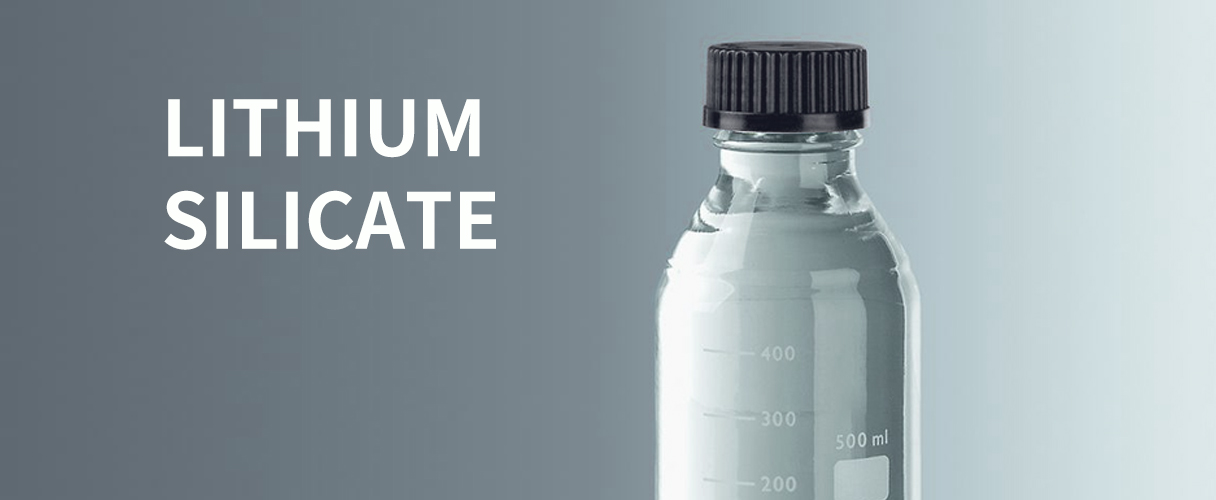
Lithium Silicate in Ceramics: Boosting Performance and Versatility
2025-05-06 17:28Lithium Silicate (Li₂SiO₃) is a vital material in advanced ceramics, especially glass-ceramics, due to its unique properties like high thermal stability and low thermal expansion. Widely used in dentistry, aerospace, and consumer goods, it enhances durability and aesthetics. This article explores lithium silicate ceramics’ role, properties, and applications.
What is Lithium Silicate?
Lithium Silicate is a lithium-based compound integral to glass-ceramics, blending glassy and crystalline phases. It acts as a flux to lower melting points during production and a stabilizer to boost durability. Its ability to form robust, heat-resistant structures makes it ideal for applications needing strength and thermal resilience.
Key Properties of Lithium Silicate in Ceramics
Lithium Silicate offers critical properties for ceramics:
High Thermal Stability: Lithium silicate ceramics endure extreme temperatures, perfect for high-heat settings like aerospace or manufacturing.
Low Thermal Expansion: Its low thermal expansion coefficient minimizes cracking during rapid temperature shifts, a key advantage in ceramics.
Mechanical Strength: Lithium silicate-based glass-ceramics, like lithium disilicate, provide excellent fracture toughness, crucial for dental restorations.
Aesthetic Appeal: High translucency makes lithium silicate ceramics ideal for visually demanding uses, such as dental prosthetics.
Applications of Lithium Silicate in Ceramics
Lithium Silicate excels in high-performance applications:
Dental Restorations: Used in crowns, bridges, and veneers, glass-ceramics with lithium silicate balance strength and aesthetics, mimicking natural teeth. Zirconia-reinforced lithium silicate (ZLS) enhances durability for various dental needs.
Aerospace and Engineering: High thermal stability and low thermal expansion suit components in jet engines or furnaces, maintaining integrity under stress.
Consumer Goods: Lithium silicate in glass-ceramic cooktops resists thermal cycling, ensuring longevity in household products.
Electronics: Its insulation properties and heat resistance make lithium silicate ceramics ideal for circuit boards and insulators.
Challenges and Research
Despite its strengths, lithium silicate ceramics face challenges:
Strength Improvements: Research aims to boost fracture toughness for demanding applications like implants or industrial parts.
Manufacturing Advances: Techniques like 3D printing and improved sintering are explored to cut costs and enhance precision.
Biocompatibility: Studies ensure lithium silicate’s safety for dental restorations and medical uses over time.
Conclusion
Lithium Silicate is a game-changer in ceramics, offering high thermal stability, low thermal expansion, and strength for applications from dental restorations to aerospace. Ongoing research will further expand its potential, solidifying lithium silicate ceramics as a cornerstone of innovation.

